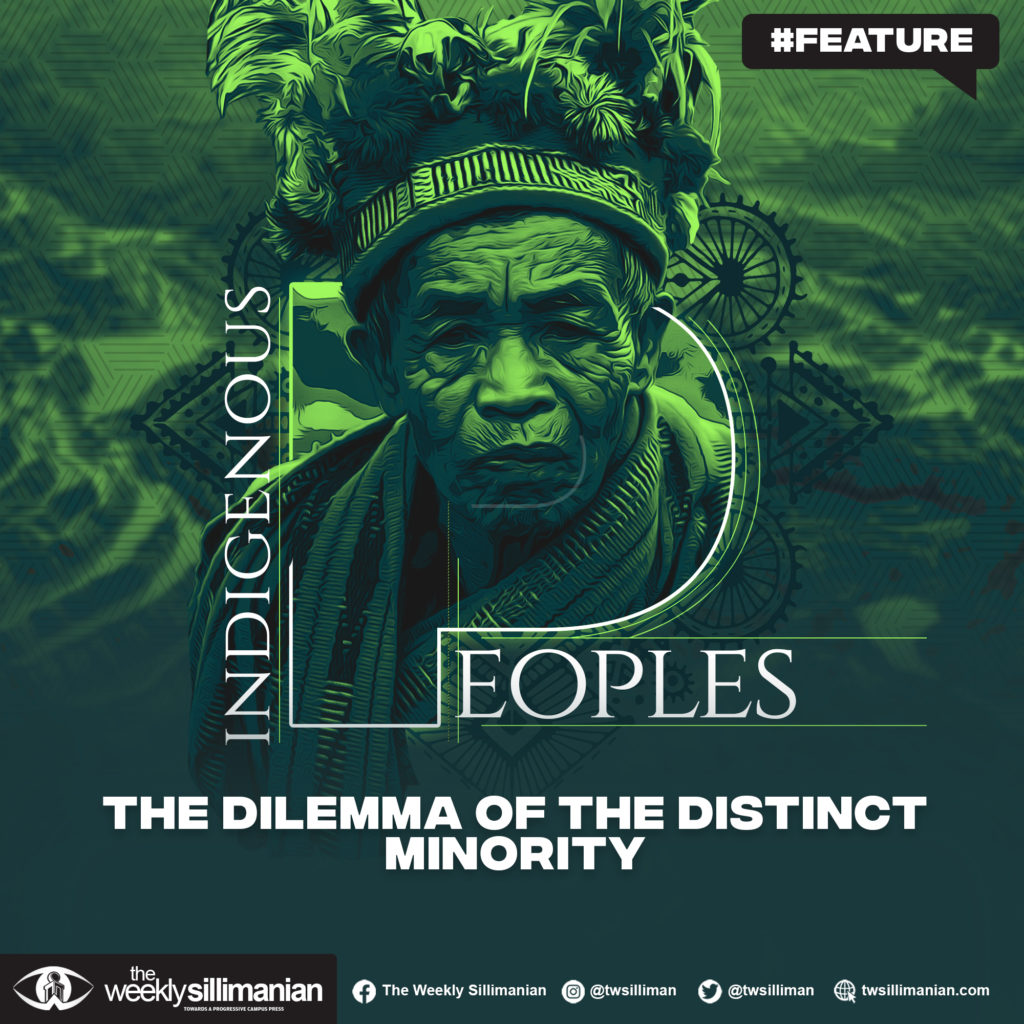by Ella Vasquez | October 15, 2021
An archipelago of 7,640 islands situated in the Western Pacific Ocean, nestled within Southeast Asia, hails the Philippines. The island country holds the identity of being culturally rich with diversity. The regional topography tells all that each terrain yields resources rarely obtained. Indeed, it is home to 109.6 million Filipinos, but within that mighty population stands a minority of about 17 million indigenous people divided into 134 ethnic groups.
Indigenous people are regarded as the pioneers—settlers of the nation, those who have come to the land about 30,000 years ago. As they broke ground, they laid the foundation on many cultural expressions, and those who we interact with today are the descendants who have come from a long line of ancestry. They’ve become heirs of their tribes’ unique practices and hold the responsibility of keeping these traditions alive. As they live in the most isolated and rural niches of the Philippines, they are greatly acquainted with nature. Since they’ve adapted to it being their primary home, they’ve manifested the character of being environmentalists. They may be the minority, but their distinct characteristics are what place them into prominence.

Despite the differences between the indigenous people and the dominant society, they too, share common issues. And across history, in seeking recognition, they’ve only received constant and continuous accounts of violation. It has been a long battle for the protection of their rights, prevalently ancestral land displacement and dispossession. One of the most recent cases revolves around the killings of nine indigenous leaders of the Tumandok community in Panay Island. Their village had been raided by police officers, which led to the killings and arrest of 16 other members. When human rights and environmentalist groups investigated, they linked the incident to the two major dam projects since these people had persistently complained that it would destroy their domain. Though the police contend that they were members of the New People’s Army, this is an added problem amongst their people wherein they are caught in between the crossfires and have been red-tagged as part of the NPA.
In this time of the pandemic, the government has established a militaristic approach towards these people, especially the environmental defenders. Over the months, several similar cases have arisen. In Surigao del Sur, indigenous people leader Gloria Tomalon, known for being the chairperson of the KATRIBUMMU organization that had successfully blocked five attempts of large-scale mining companies, was arrested. Another group leader, Virgilio Vidal and his brother, Marcelo Vidal, were arrested. The two were part of the Samahan ng mga Magsasaka sa Coral ni Lopez (Samaloco) which had opposed land-grabbing schemes and a 900-megawatt coal-fired power plant in their locality. The groups’ leaders aren’t the only targets, but even simple members have become victims of this matter.
The indigenous people of the Philippines are the living embodiments of our nation’s cultural identity. With their relationship with the environment, they’ve also become its greatest advocate. Even before this lifetime, they’ve endured insufferable turbulence in uplifting justice. Endangered are the home and the lives of these first people. This is the risk for the right to exist.


